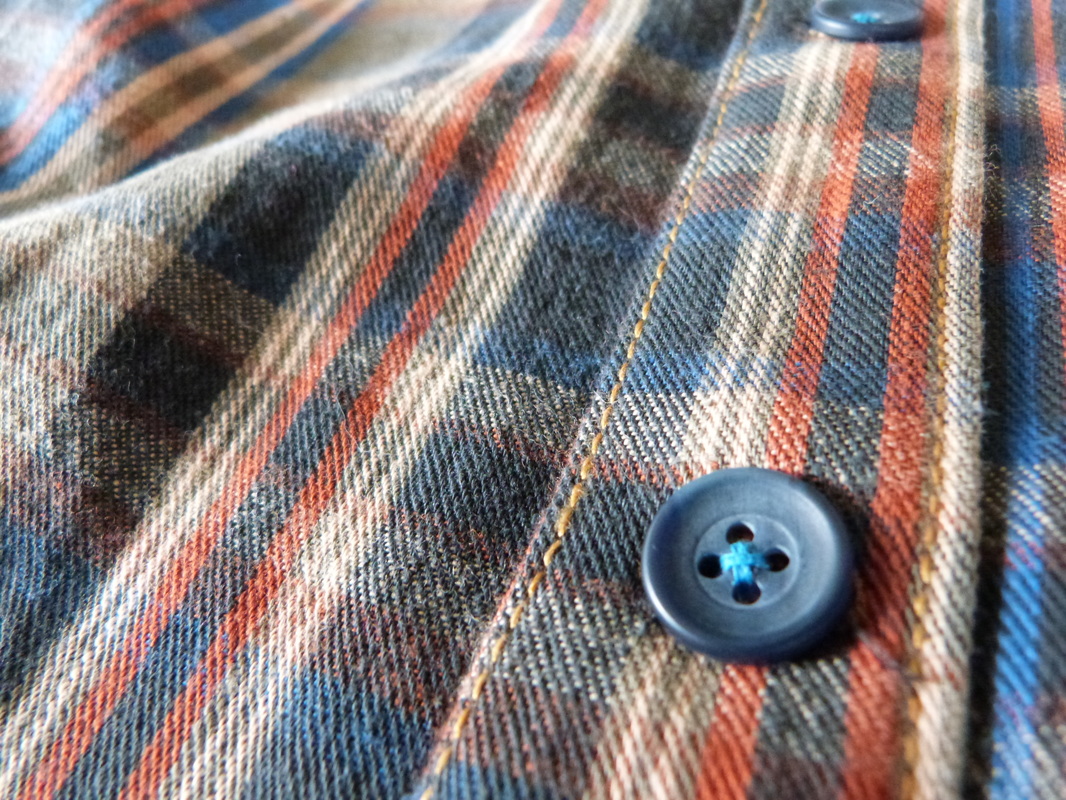Until the late 18th century, buttons are rare on women's dress. In the few earlier pictures, the direction often can't be determined. At least I've found one 14th century example where the buttons seem to sit in the right-hand edge (i.e. the "male" side), and two ditto examples from the 17th century. In the late 18th century, we find buttons on female dress relatively often, e.g. on comperes, jackets and redingote dresses. In every case, the buttons sit on the right side. In the 1830s, buttons are rare on women's clothes and evenly distributed between right and left, then nothing until the 1850s. During the 1850s, left sligthtly outweighs right. From the late 1860s on, buttons are quite common on women's dress - all left.
So the changeover from "mostly right" to "mostly left" must have taken place between 1810 and 1860, with nothing definitely decided yet until 1860. Since the middle of the 18th century, the production of women's clothes was largely in the hands of female artisans - would they have taken part in a scam that degrades women as in the second theory? And if they did, why did they stick with the "male" right-side buttoning for over 50 years? Maids did exist in the 18th century as mich as they did later, so why did it take 100 years until the buttoning was switched (according to the first theory) for their sake? Why should anyone do anything for the sake of the servants, anyway? Moreover, in the 17th and 18th century, there should have been as many men who had a manservant as there were ladies who had a maid. With the many buttons on the waistcoats and coats of the time - the closing of the lower ones required the wearer to bend -, one should assume that men, too, had help for dressing. If the buttoning was switched for the sake of the servants, why was it done for the maids, who may have had to close a few buttons every now and then, but not for the manservants, who had to close dozens of buttons every day for sure?
This leads me to a completely new* theory: Since female clothing took on more and more features of male clothing in order to express emancipation (a process that, I'd like to point out, most contemporaries were not aware of), it became necessary to establish a feature that signalled that an item of clothing was, despite its male appearance, nevertheless female. Otherwise someone could be led to believe that the lady wore a man's coat, a man's shirt etc., and use that as a a moral handhold against her since wearing the clothing of the opposite sex was immoral. The closer female clothing got to male clothing, the more important the "little difference" of buttoning became. At the end of the 20th century, the buttoning was often the only thing that differentiated a female blouse from a male shirt.
My personal theory, therefore, is that the right-left-differentiation is a result of the gradual approximation of female and male dress and the resulting necessity of distinction.
I am much more interested in why these origin myths about gender differences are so persistent.




